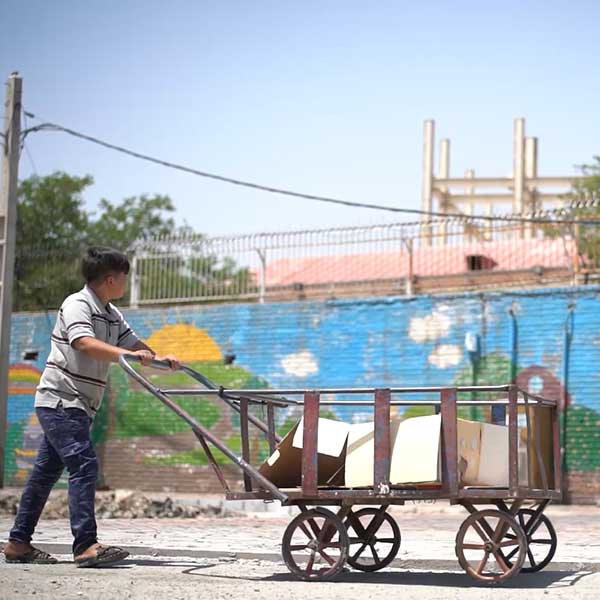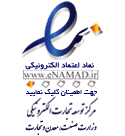On the occasion of the World Day Against Poverty in the 25th of Mehr simultaneously October 17 we would like to thank the research and development department and other executive departments of the School’s Pergar Plan for the scientific and practical struggle against poverty and to provide a brief report in this regard to our dear audience.
In fact, Pergar’s Plan seek a deeper understanding of the concept of poverty and relies on poverty in marginal areas of Tehran and it is trying to eliminate poverty by recognizing this type of poverty and eliminating it in a radical way. Functional poverty means the inability of isolated marginalized people in dimensions such as:
Lack of bargaining power
Lack of free access to resources
Lack of self-esteem and self-confidence
Lack of soft and hard skills and so on…
It is noteworthy that in the case of functional poverty, the support provided to alleviate income poverty will only cause superficial and temporary changes and will Not lead to fundamental changes in people’s lives.
As a result, the aim of this project is to identify the main needs of marginalized people and design an intervention protocol that leads to the elimination of functional poverty and then income poverty it is the basis of this project. The main axes of eliminating functional poverty are:
Follow-up on the identity legal status of people
Follow-up on the physical and mental status
Follow-up on the status of job creation
Education and skill training in order to create a job
Holding counselling sessions and in rare cases and if diagnosed by an expert, financial support, including the distribution of food packages.
It is gratifying that now, 8 months have passed since the initial and experimental phase of this practical project in 4 phases, which includes:
- Understanding the problem in marginal areas
- Categorizing the upcoming problems and needs creating a persona using information from the identification phase
- Modeling to solve problems using available resources
- Trial implementation of the plan based on the models predicted in the previous phase2

It should be noted that at the end of November, the redesign and presentation of the final model will begin. Some of the cases covered by this plan are:
Follow-up and obtaining the result of the identity and legal status of one of the women covered by the head of the household in order to receive alimony.
Follow-up and obtaining the result of the medical condition of one of the covered people who lost her job due to physically illness.
Follow-up and get results from the education and job creation of one of the women covered by the head of the household (buying a sewing machine and creating a job in one of the workshops near place of residence).
